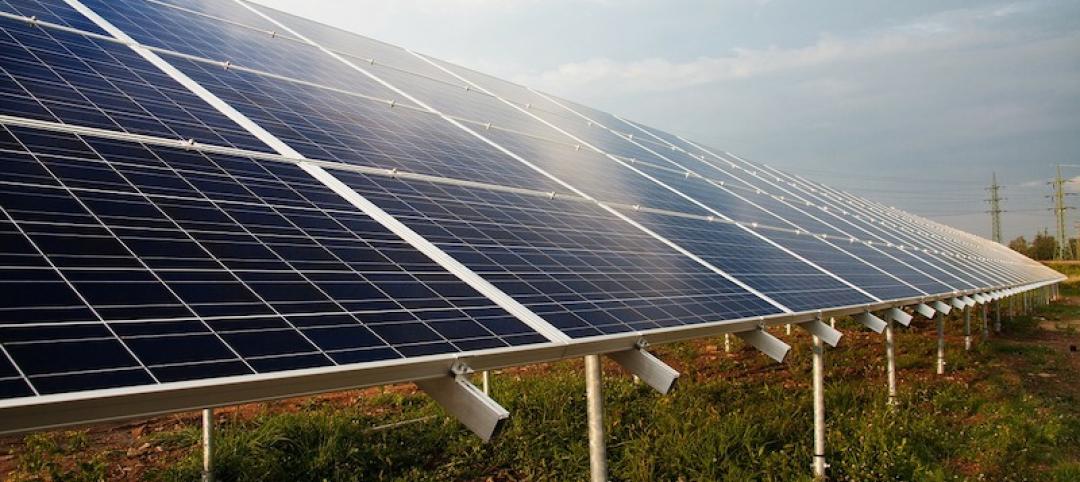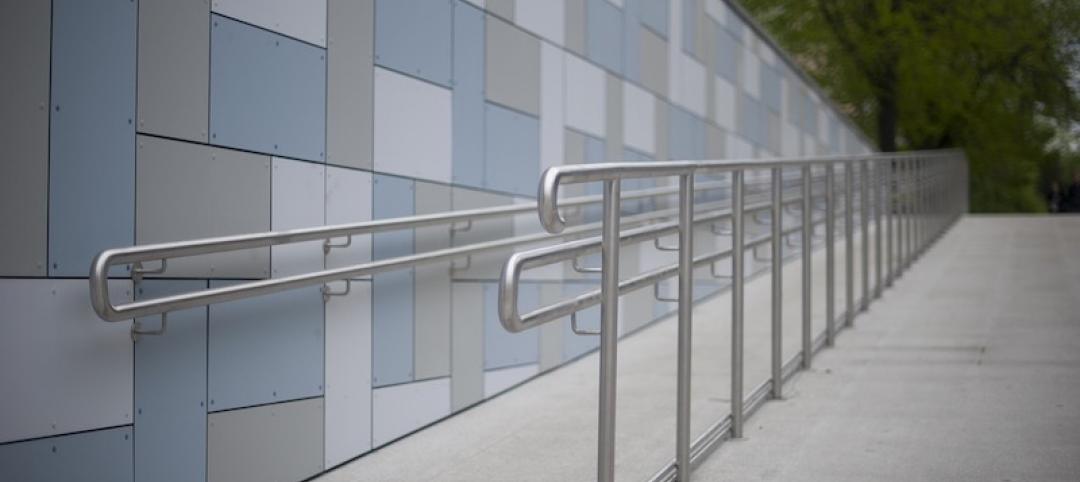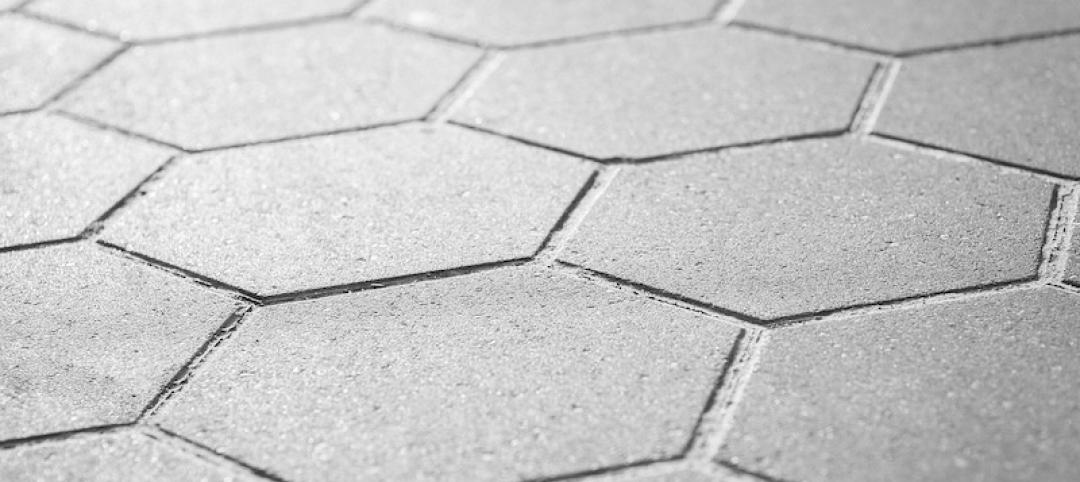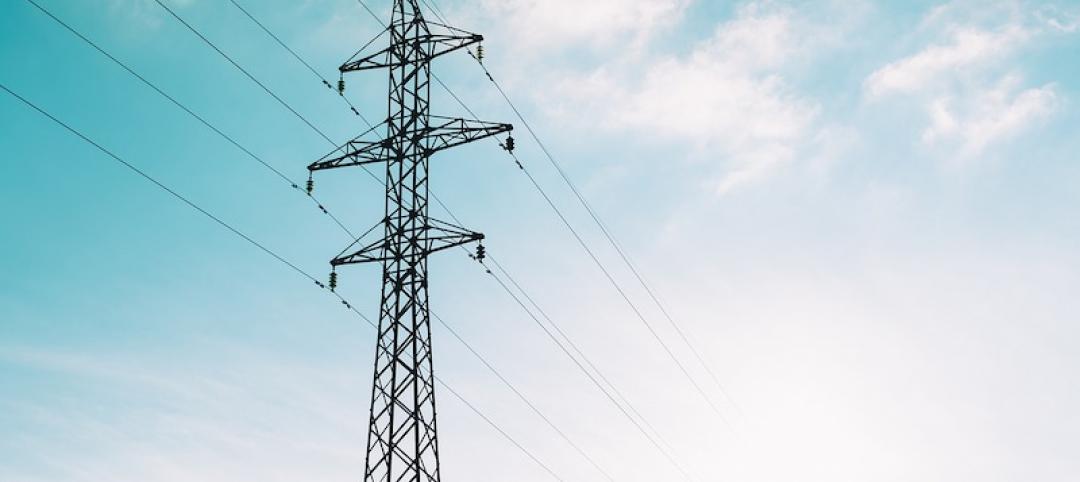Global architecture firm Perkins & Will says it will issue its clients a “carbon forecast” for their projects.
This tool is an effort to “facilitate measurable and meaningful carbon reduction in the built environment,” according to a news release. Carbon forecasts will help clients understand their projects’ carbon emissions, and the impact of those emissions on human and environmental health, at the earliest stages of design.
The forecasts will include information on building design, construction, and operation (known as whole-life-carbon). And, importantly, they will identify steps clients and project teams can take to reduce those emissions.
The forecasts will include options on how to reduce operational carbon through passive design, minimization of energy loads, optimization of systems, disconnection from unclean fuel sources, and integration of renewable energy. Measures for realizing maximum reductions in embodied carbon will be offered.
In addition, the firm will provide opportunities for enabling circular design that can minimize material waste, maximize material reuse, and optimize environments for material health.
Related Stories
Codes and Standards | Oct 24, 2019
ASHRAE design contest winners demonstrate building resilience
Model building, a city hall, could operate without utility service for two weeks.
Codes and Standards | Oct 22, 2019
Efficient material design, low-carbon concrete are critical to cutting GHG emissions in construction
Enhancing building utilization and reusing materials also aid carbon reduction.
Codes and Standards | Oct 21, 2019
Historic properties not exempt from Americans With Disabilities Act
Some exceptions do apply.
Codes and Standards | Oct 18, 2019
St. Louis could save $61 million per year in energy costs by improved building performance
GHG gases can be reduced by at least 11% with upgrades to public buildings and large private buildings.
Codes and Standards | Oct 17, 2019
Slow payments cost GCs and subs $64 billion annually
Study finds 51-day average payment turnaround.
Codes and Standards | Oct 16, 2019
Cool pavement can make people hotter
Reflective coatings channel sunlight raising temperatures where pedestrians walk.
Codes and Standards | Oct 15, 2019
Utah adopts 2018 International Energy Conservation Code
Provisions include increased building envelope performance and reduced air infiltration.
Codes and Standards | Oct 14, 2019
States continue to beef up energy efficiency codes
ACEEE 50-state scorecard finds latest IECC code gaining adherents.
Codes and Standards | Oct 9, 2019
DOE releases Better Buildings Healthcare Financing Primer
Outlines financial strategies to implement energy-efficiency projects in healthcare.
Codes and Standards | Oct 8, 2019
Zero Carbon Buildings for All aims for ambitious emission reduction targets
Organization makes commitment to net zero carbon for all buildings by 2050.

















